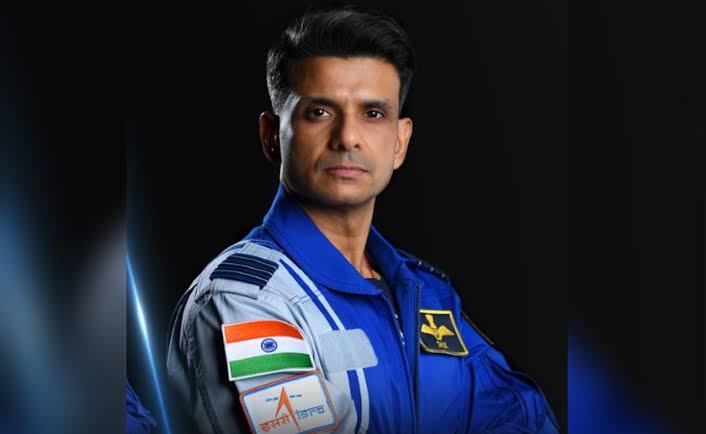
Indian Air Force Wing Commander Shubhanshu Shukla has been selected as the lead astronaut for the forthcoming Indo-US mission to the International Space Station (ISS), according to an announcement from the Indian Space Research Organisation (ISRO). This decision follows the agreement made between India and the US during Prime Minister Narendra Modi’s state visit in June 2023, which outlined a collaborative ISRO-NASA mission to the ISS.
To achieve this joint mission, ISRO’s Human Space Flight Centre (HSFC) has signed a Space Flight Agreement with NASA’s service provider, Axiom Space Inc., for the Axiom-4 mission. According to ISRO, a National Mission Assignment Board has designated two Gaganyatris for the mission: Wing Commander Shubhanshu Shukla as the prime Mission Pilot and Group Captain Prasanth Balakrishnan Nair as the backup. The Multilateral Crew Operations Panel (MCOP) will give the final approval for their flight to the ISS.
The selected Gaganyatris will begin their training in early August and will be involved in scientific research, technology demonstrations, and space outreach activities during the mission. This mission will contribute to the Indian Human Space Program and enhance cooperation between ISRO and NASA.
The Gaganyaan project aims to demonstrate human spaceflight capabilities by sending a crew of three to orbit 400 km above Earth for a three-day mission, ultimately returning them safely to Indian waters. In February, Prime Minister Modi announced the four chosen Indian Air Force pilots for India’s inaugural human space flight program, set to launch in 2024-25. These astronauts, who trained at the Yuri Gagarin Cosmonaut Training Centre in Russia, received their astronaut wings from Modi at the Vikram Sarabhai Space Centre.
The Gaganyaan mission represents India’s first human space flight program, which involves extensive preparations across ISRO centers. The mission requires the development of crucial technologies, including a human-rated launch vehicle, Life Support Systems, and emergency escape provisions. Various precursor missions, such as the Integrated Air Drop Test (IADT) and Pad Abort Test (PAT), will precede the manned mission to ensure safety and reliability.
The LVM3 rocket, known for its reliability, has been selected as the launch vehicle for the Gaganyaan mission. Ensuring human safety remains a top priority, with new technologies being developed to support this goal.
In 2023, India marked significant achievements with the successful soft landing of Chandrayaan-3 on the Moon’s South Pole and the launch of Aditya-L1, the country’s first solar mission. These successes have bolstered India’s position in the global space economy and invigorated the private space sector. Looking ahead, India aims to establish the ‘Bharatiya Antariksha Station’ by 2035 and send its first astronaut to the Moon by 2040.












